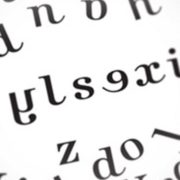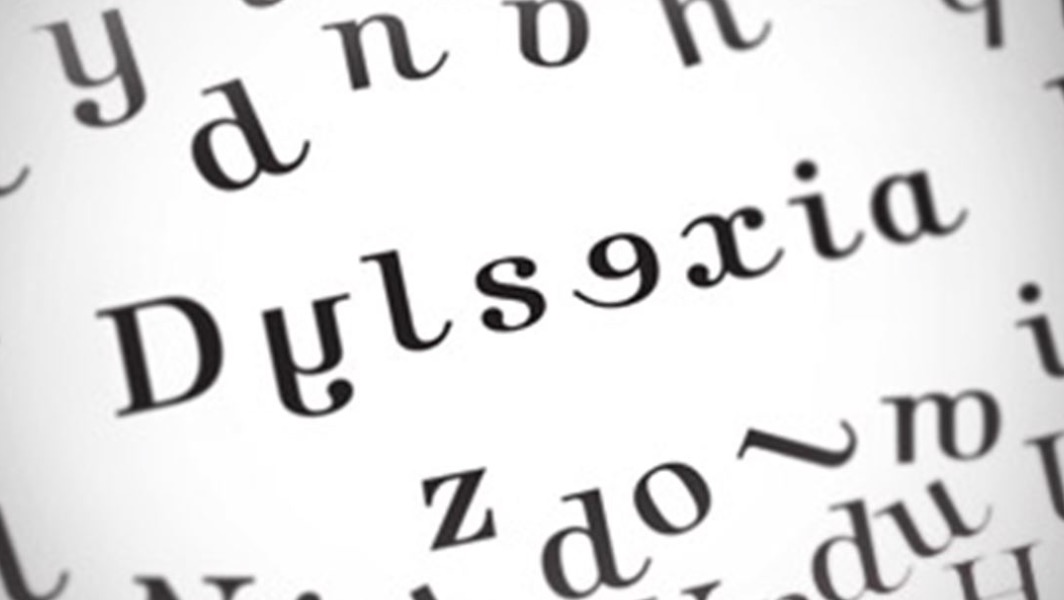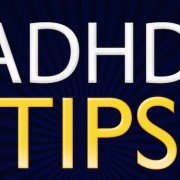Dyslexia and Reading Terms & Definitions
Dyslexia and Reading Terms & Definitions
Dyslexia and Reading Terms & Definitions
- Alphabet principle is the letter combination, as well as individual letters, which constitute symbols that are used to represent speech sounds. The letters and combinations are based on systematic and known relationships between written letters and spoken words.
- Digraph is one sound resulting from the combination of two letters (e.g., ph or ey). In the English language, there are many digraphs made up of both consonants and vowels.
- Diphthong is a single syllable speech sound (e.g., the combination of two vowels in words such as boy or may) that begins at or near the point of articulation of one vowel and proceeds to the place of another vowel.
Dyslexia “Dyslexia is a specific learning disability that is neurobiological in origin. It is characterized by difficulties with accurate and/or fluent word recognition and by poor spelling and decoding abilities. These difficulties typically result from a deficit in the phonological component of language that is often unexpected in relation to other cognitive abilities and the provision of effective classroom instruction. Secondary consequences may include problems in reading comprehension and reduced reading experience that can impede growth of vocabulary and background knowledge.”
Adopted by the IDA Board of Directors, Nov. 12, 2002. Many state education codes, including New Jersey, Ohio and Utah, have adopted this definition.
- Grapheme is the smallest unit of writing, which individually may not have meaning and does not necessarily correspond with a single phoneme (e.g., the “s” and the “oo” in the word spoon).
- Logographic stage is visual and involves the rote memory of words that are related to graphic symbols. This can be known as visual reading.
- Morphology is the study of words, how words are put together, and the relationship of words or other words. It is the analysis of the structure and parts of words, such as word stems, roots, prefixes, and suffixes.
- Phonemic awareness is the ability to hear, recall, identify, manipulate and use individual letter sound phonemes spoken words. It is a critical predictor of a child’s future reading ability.
- Phonological awareness is the knowledge of the sound structure (or phonological structure) of words.
- Semantics involves the meaning and interpretation of words, sentence structure, and signs.
- Syntax includes the rules, principles, and the process by which the structure of sentences are formed and includes word order and punctuation.
The Pathways team of professionals has helped thousands of people with Dyslexia. We are Dedicated to effective and compassionate care for individuals with neurological challenges.
The post Dyslexia and Reading Terms & Definitions appeared first on Pathways Neuropsychology Associates.
Source: Pathways Neuropsychology
Dyslexia and Reading Terms & Definitions











Leave a Reply
Want to join the discussion?Feel free to contribute!